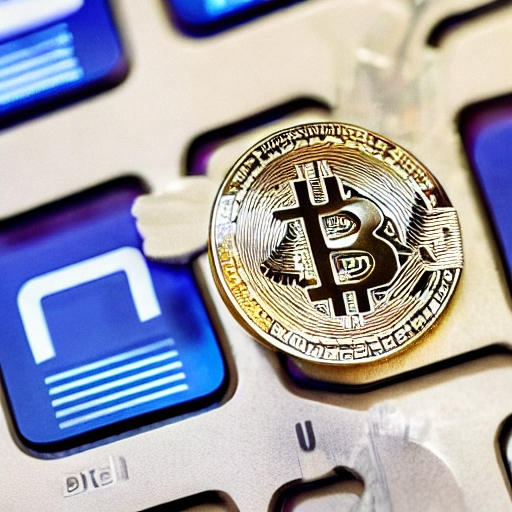The bitcoin maximalist camp, along with other proponents of cryptocurrencies, have long prophesied that cryptoassets will eventually replace fiat money as the primary medium of trade on a worldwide scale. Given these viewpoints, the FedNow payment system’s launch—scheduled for July go-live but already being used by early adopters—has shocked the industry. The reality is more complex and is criticized by some as simply the first step towards a surveillance currency following in the footsteps of some totalitarian countries and by others as the axing of the majority of crypto use cases.
The FedNow system is the Federal Reserve’s response to the myriad problems and pain points that plague the world’s payment infrastructure. In order to promote quicker payments, the Fed established an interbank real-time gross settlement. This project was created in part to address issues with tokenized cryptocurrency payments and the emergence of fintech alternatives like Venmo, Zelle, and others. FedNow is a new settlement method that allows for real-time payments between U.S. banks, in contrast to already available solutions like those that were previously mentioned. These services will be available around-the-clock, every day of the year, provide final settlement, and update the U.S. payment rails to keep pace with services like these provided in the Euro zone and elsewhere.
Does crypto no longer need to exist if the Fed has developed a real-time, globally networked, and final (immutable) payment that never closes? Here are a few points in favor of crypto payments having a place in the FedNow payment system.
FedNow Will Not Strengthen Dollar Dominance
The threat of de-dollarization is one worry that has surfaced over the past few years and gained momentum in the post-COVID economic environment. In particular, the amount of foreign transactions that are settled in yuan and euros has grown dramatically. This is due to a number of geopolitical factors, in addition to the economic justifications for these movements, but it has also given stablecoins a foothold to expand the market. Given that over 90% of stablecoins are reserved at a 1:1 ratio with the US dollar, these assets act as a reliable substitute for the USD in places where it is otherwise prohibited.
The FedNow system does not increase the use of the U.S. dollar or the number of potential dollar-based transactions because it uses already-existing payment rails and frameworks.
FedNow Ignores On-Chain Opportunities
While the FedNow payment system may appear to be a stablecoin alternative, it excludes on-chain transactions and applications, one of the fastest-growing stablecoin applications. To provide some background, information from Coin Metrics and The Block shows that the total supply of stablecoins from 2017 to 2023 increased by 8,750% to a total of $123.9 billion. Stablecoins’ use in the DeFi sector as a means of exchange and a hedge against more volatile cryptoassets is largely responsible for this rise in volume. Due to its prohibition against allowing dollars to appear on-chain or take part in on-chain transactions, the FedNow protocol ignores these opportunities.
Ignoring on-chain transactions appears to be working against market direction and sentiment as tokenization of assets becomes a more popular topic of discussion major TradFi institutions, including claims made by Blackrock CEO Larry Fink that the market opportunity is $10 trillion.
FedNow Does Not Enhance International Payments
The FedNow protocol, as it is now conceived and implemented, focuses nearly entirely on domestic payments, with minor improvements to foreign transfers, as noted in the Economic Report of the President. The issue of developing a worldwide payments system without borders is undoubtedly challenging for any governmental tool, but stablecoin payments offer an existing remedy. Regulators and policymakers may legitimately wonder how significant stablecoin payments and transfers are on a global scale; it has been suggested that the lack of materiality is the reason why financial accounting standards have taken so long to emerge.
During the first quarter of 2023, stablecoin transactions totaled $2 trillion, surpassing PayPal’s whole 2022 processing throughput.
This is not to imply that the FedNow system won’t affect payments in either fiat or cryptocurrency; that would be a naive viewpoint. Instead, some of these problems (such as the current $500,000 cap) will undoubtedly be resolved as the platform advances from development through pre-launch to widespread acceptability. Instead, it is important to note that many of the advancements and improvements FedNow makes to the existing payment systems are similar to some of those made possible by blockchain-based transactions.
FedNow is not the end of cryptocurrency, and it may even pave the way for more stablecoin trades in the future.








